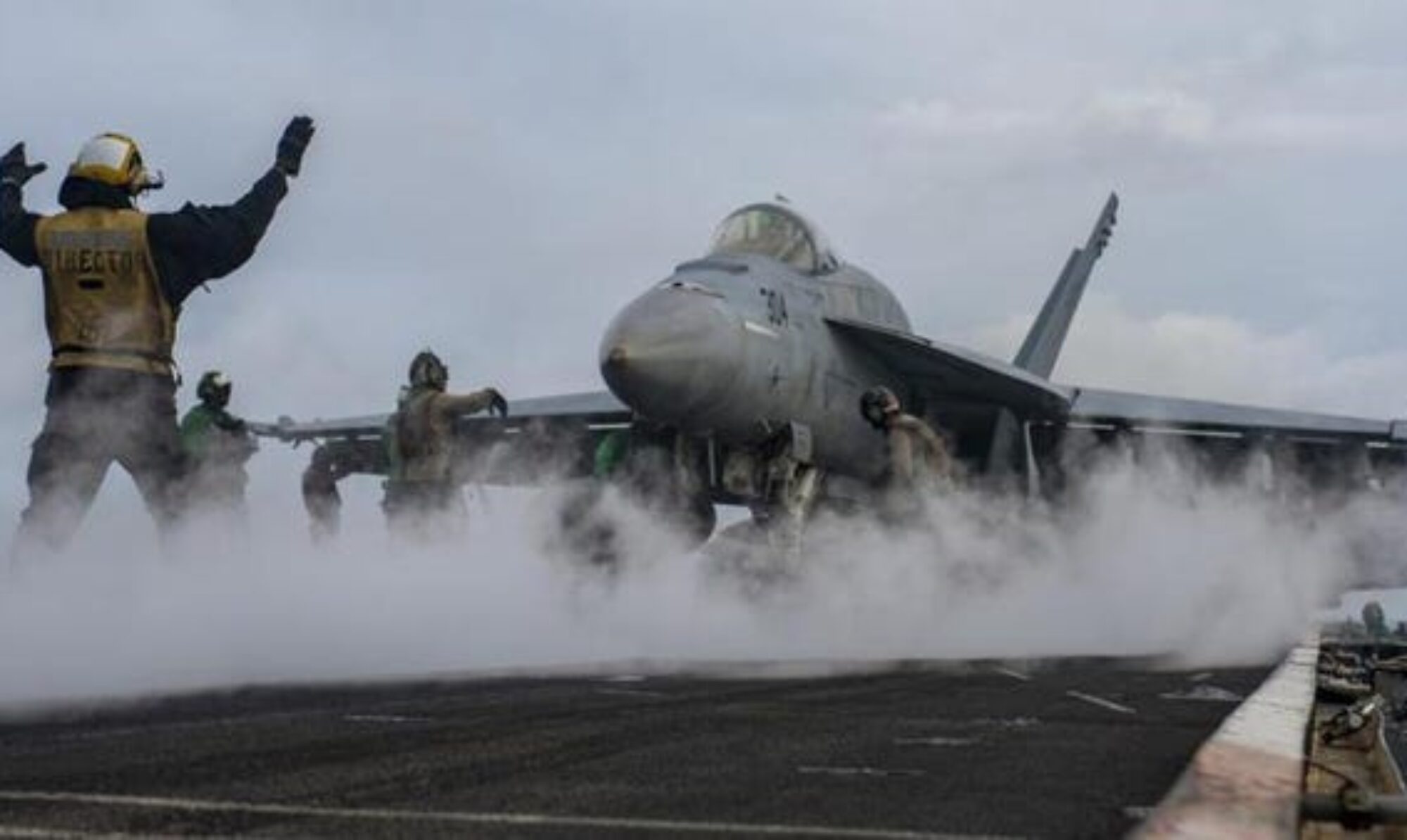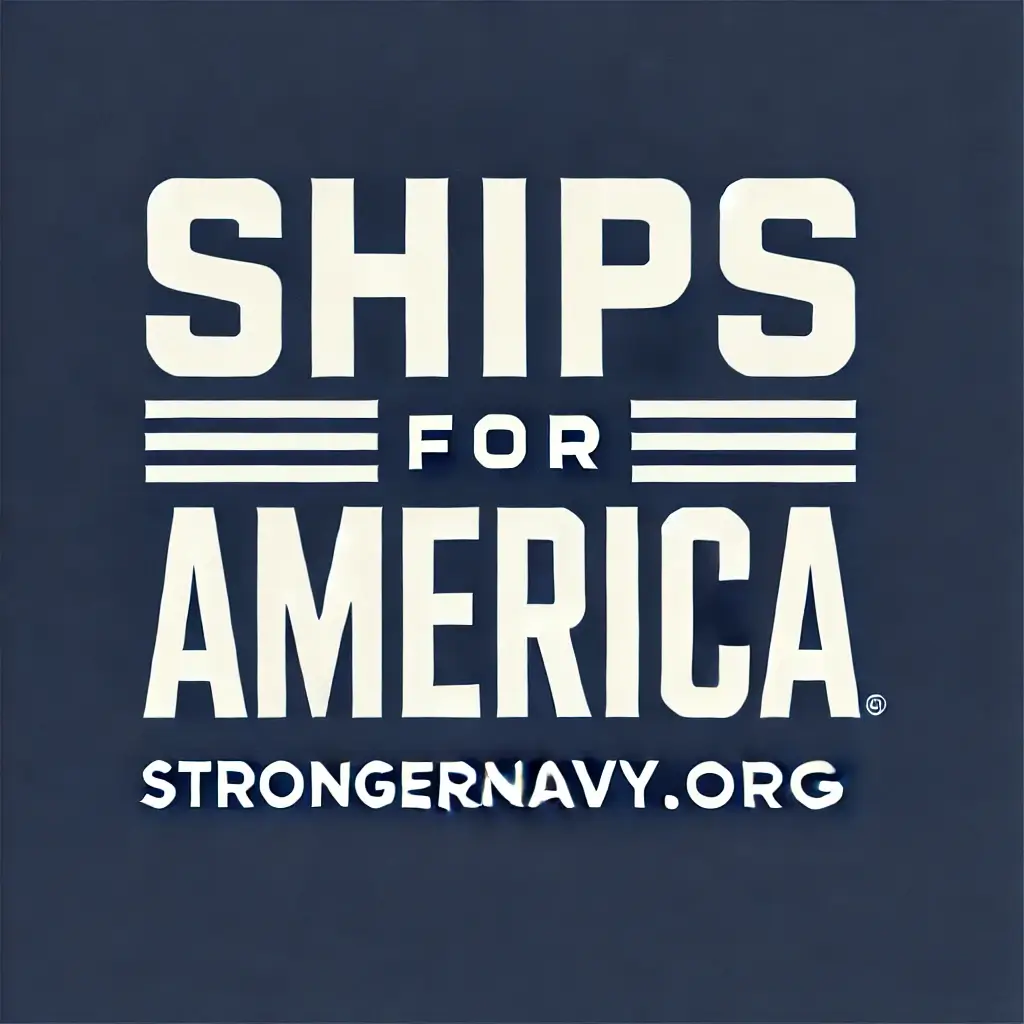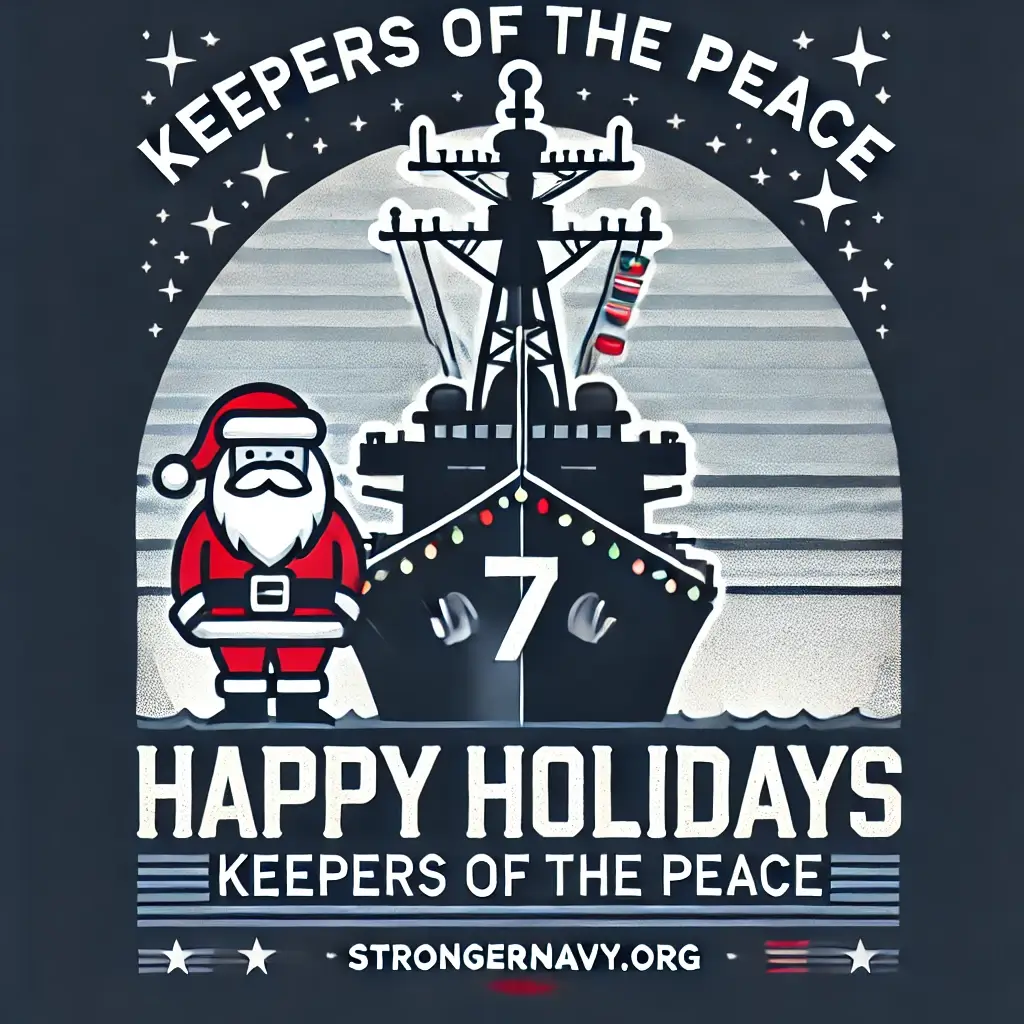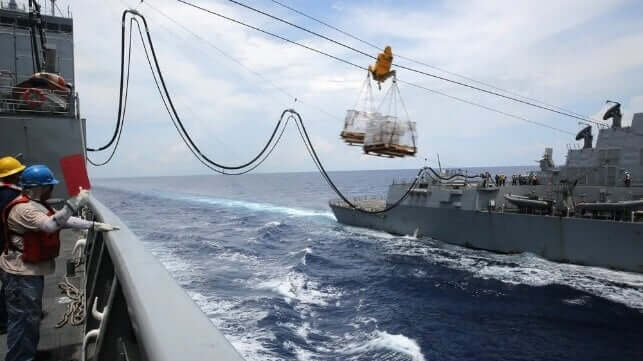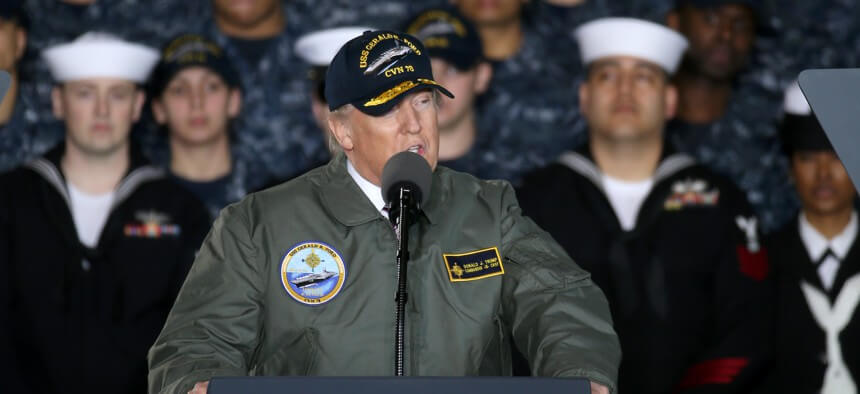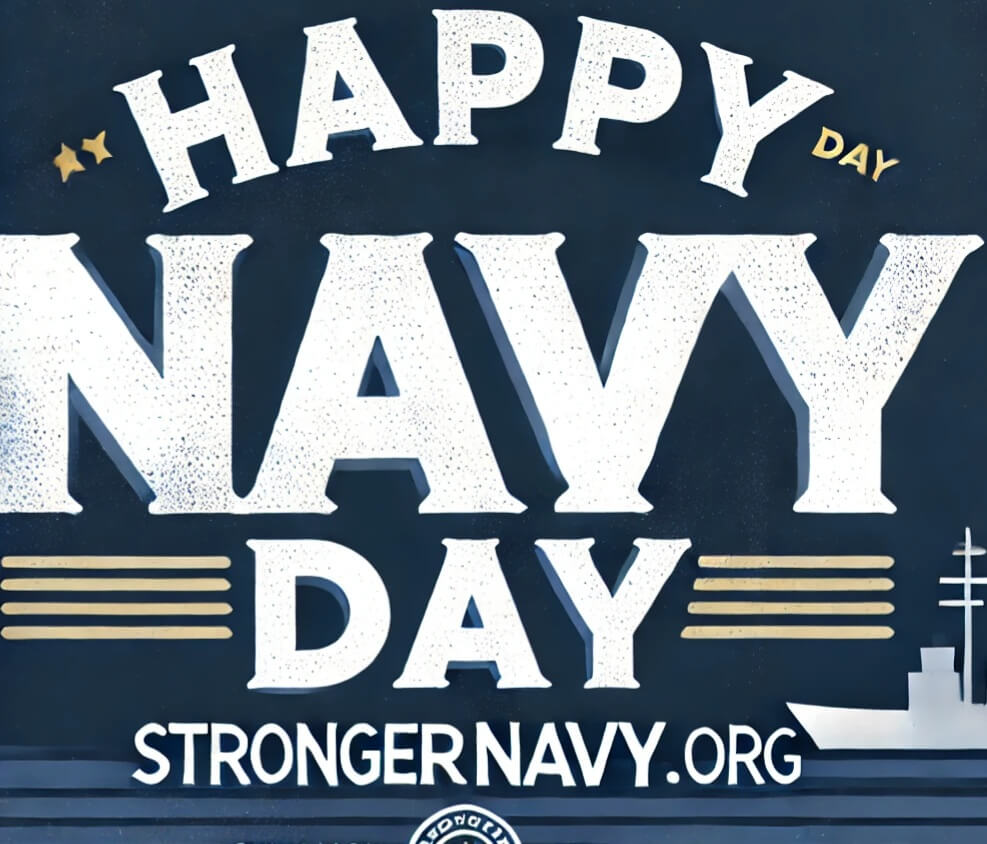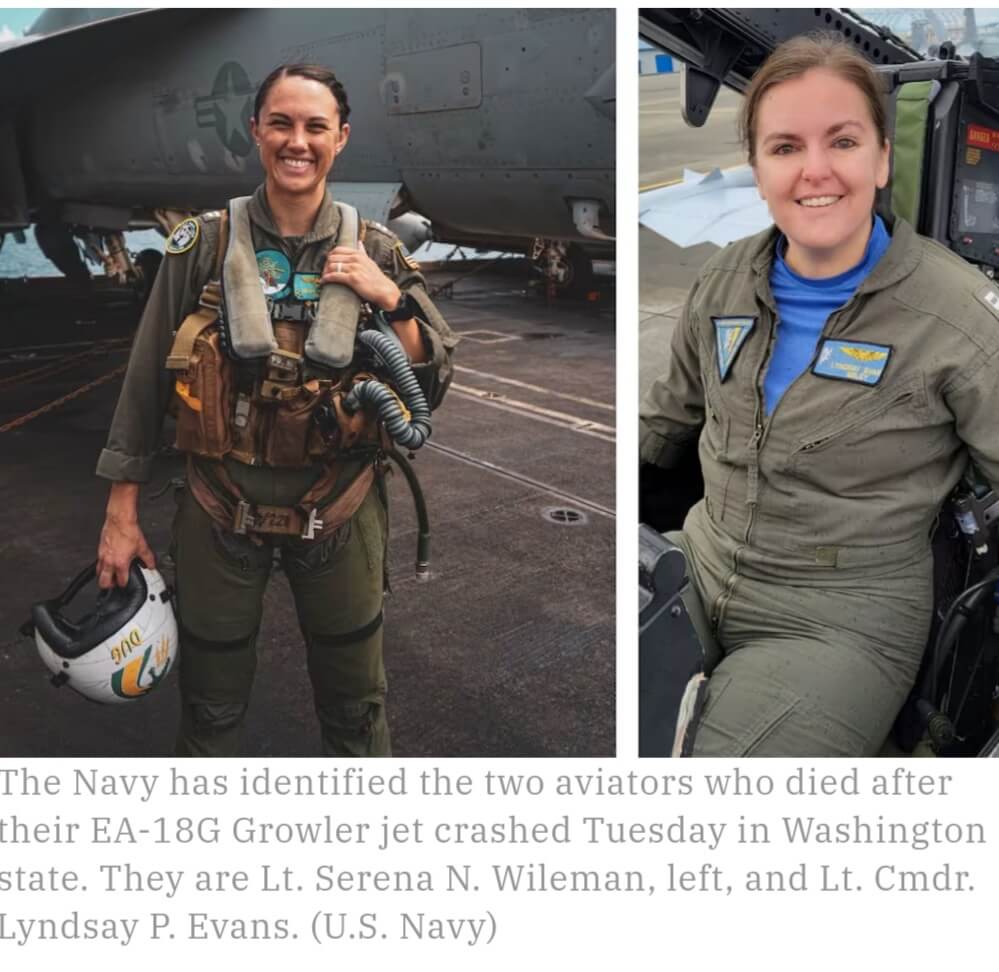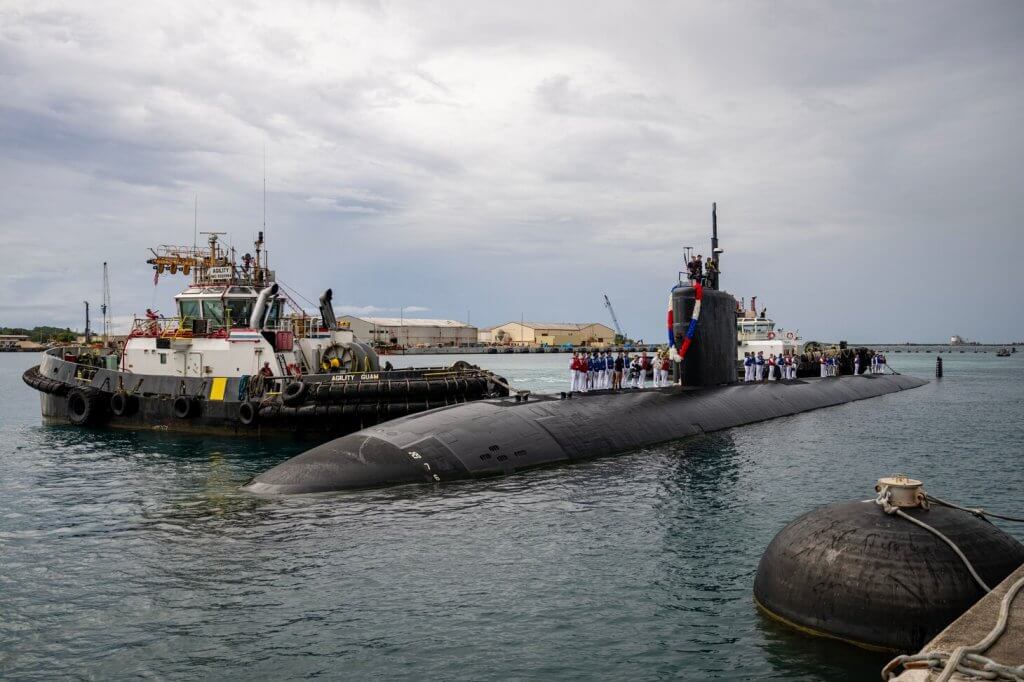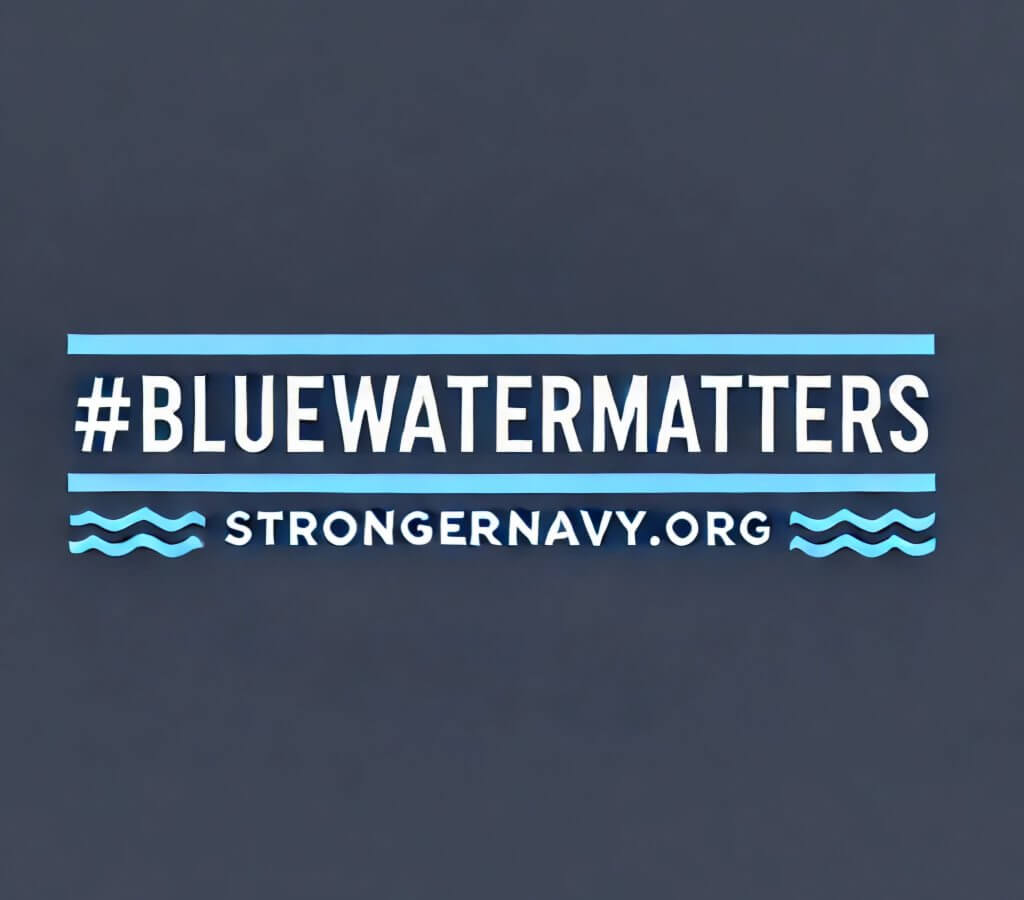
Introduction
The oceans—often called “blue water”—provide more than just scenery and a place for recreation. They are essential to global commerce, climate regulation, and geopolitical stability. For an organization like Americans for a Stronger Navy, the value of these waters extends beyond the environment; it includes national security, economic prosperity, and humanitarian efforts. Here’s how #bluewater matters ties directly to the need for a robust naval presence.
- Vital Trade Routes and Economic Security
- Over 90% of international trade travels by sea, making reliable maritime routes the backbone of the global economy.
- A well-equipped navy safeguards shipping lanes from piracy, terrorism, and other disruptions—ensuring that essential goods, including food, energy, and raw materials, reach the United States and allied nations safely.
- When shipping lanes remain secure, American businesses and consumers benefit from stability and minimized costs.
- National Security and Global Partnerships
- A strong naval force deters potential adversaries and helps uphold international law by patrolling the world’s oceans.
- Through joint exercises and collaborative maritime security initiatives, the Navy fosters global partnerships that enhance collective security.
- Whether it’s countering piracy or responding to terrorist threats, a capable navy provides rapid response in critical situations—protecting lives and strengthening America’s role on the world stage.
- Environmental Stewardship with Strategic Importance
- Oceans help regulate the Earth’s climate by absorbing carbon dioxide and heat. Shifts in ocean conditions—like rising sea levels—can lead to conflicts over resources and displaced communities.
- An active navy can work with environmental agencies and research institutions to monitor marine ecosystems, support scientific research, and enforce regulations against illegal fishing and dumping.
- The Navy often leads the way in developing cleaner energy technologies for its vessels, which can benefit commercial industries and the environment alike.
- Technological Innovation and Workforce Development
- Naval forces drive research in shipbuilding, propulsion, cybersecurity, and communications—innovations that can also enhance commercial maritime operations.
- A strong navy means investment in personnel training. Many service members acquire valuable skills (engineering, navigation, operations) that support America’s industrial and technological base upon returning to civilian life.
- Humanitarian and Disaster Relief
- Aircraft carriers, hospital ships, and naval vessels frequently deliver aid after hurricanes, earthquakes, and other natural disasters.
- These missions save lives and foster goodwill, showcasing America’s commitment to global stability and compassion.
- Ensuring the Navy is well-resourced allows it to continue providing this vital humanitarian assistance around the world.
- Upholding International Law and Freedom of Navigation
- A strong navy enforces maritime law and maintains freedom of navigation, helping to resolve territorial disputes peacefully.
- Advocating for freedom of navigation and respecting legitimate sovereignty claims keeps the world’s oceans open and accessible.
- Americans for a Stronger Navy believes a balanced, determined naval presence supports global trade and diplomacy.
- Bringing It All Together: #bluewater Matters and National Strength When we say #bluewater matters, we’re highlighting the connection between healthy oceans, global trade, and national security. Our seas are crucial, not only for environmental reasons but also for peace, commerce, and humanitarian operations. By championing a robust, well-funded Navy, Americans for a Stronger Navy seeks to protect this critical resource and, in turn, safeguard our nation’s future.
What You Can Do
- Stay informed by following reputable sources on defense, maritime security, and environmental matters.
- Engage your elected officials about the importance of naval preparedness and responsible ocean stewardship.
- Support military families through volunteer work or donations, recognizing that people are the Navy’s greatest asset.
- Spread awareness using the hashtag #bluewater matters to emphasize the interconnected importance of strong naval forces and thriving oceans.
Conclusion A thriving maritime domain underpins America’s security, economy, and standing in the world. By uniting under the message #bluewater matters, we remind everyone that the ocean’s well-being and a strong Navy go hand in hand. Whether it’s safeguarding sea lanes, championing sustainable practices, or providing swift humanitarian aid, our seas deserve our attention—and our Navy must be equipped to protect them for generations to come.
